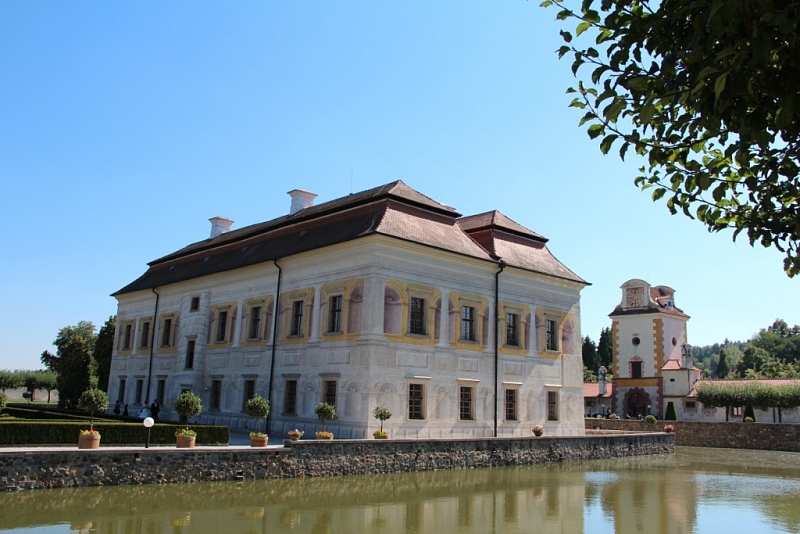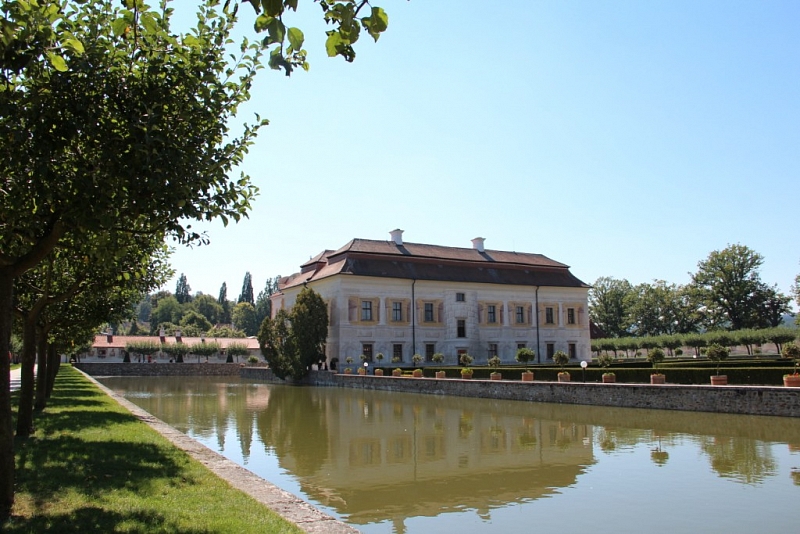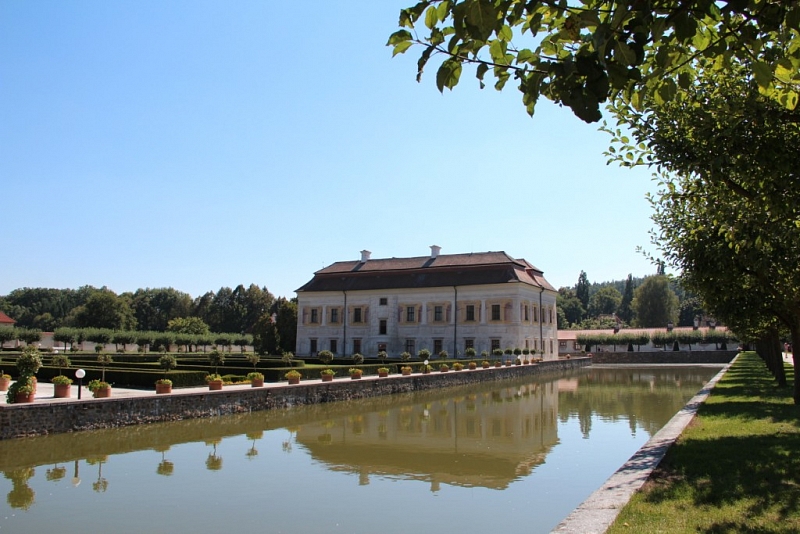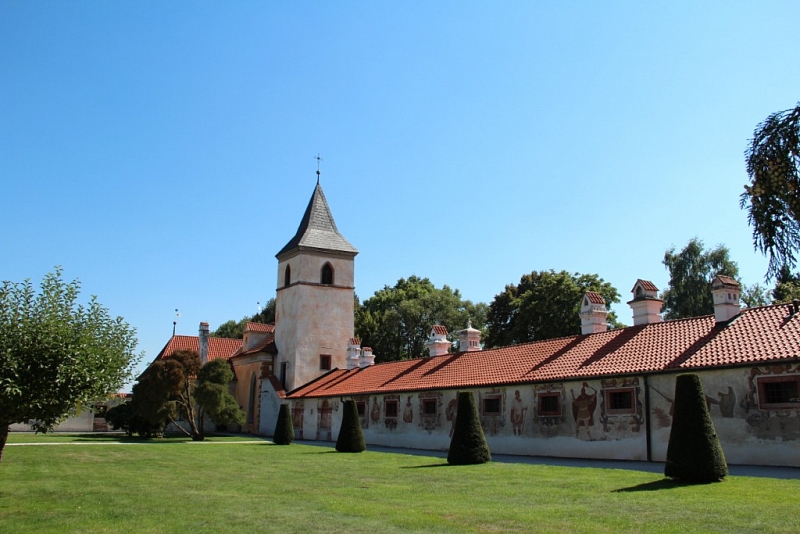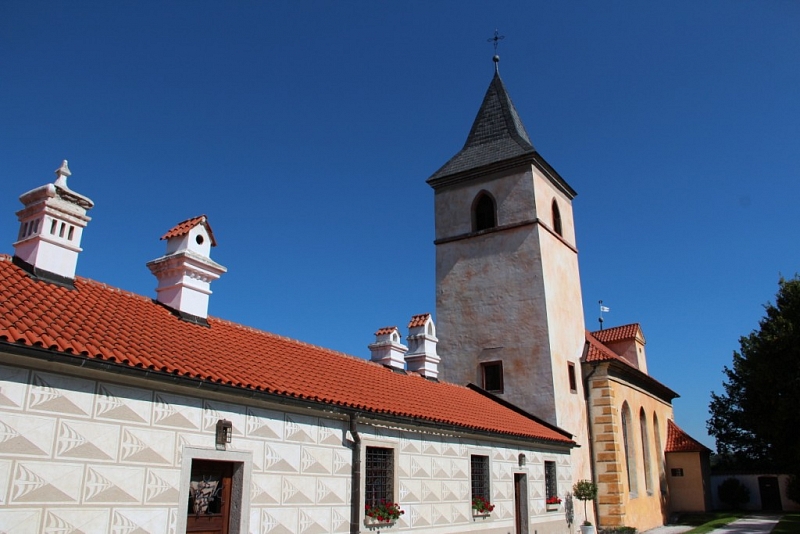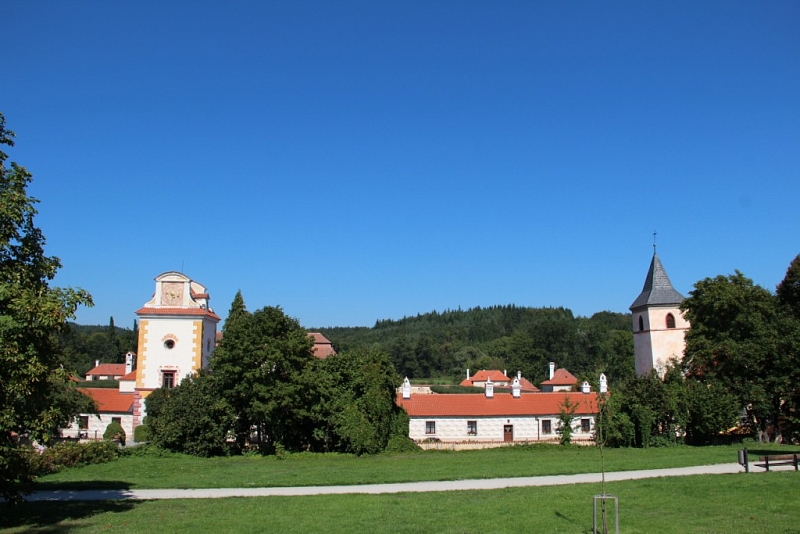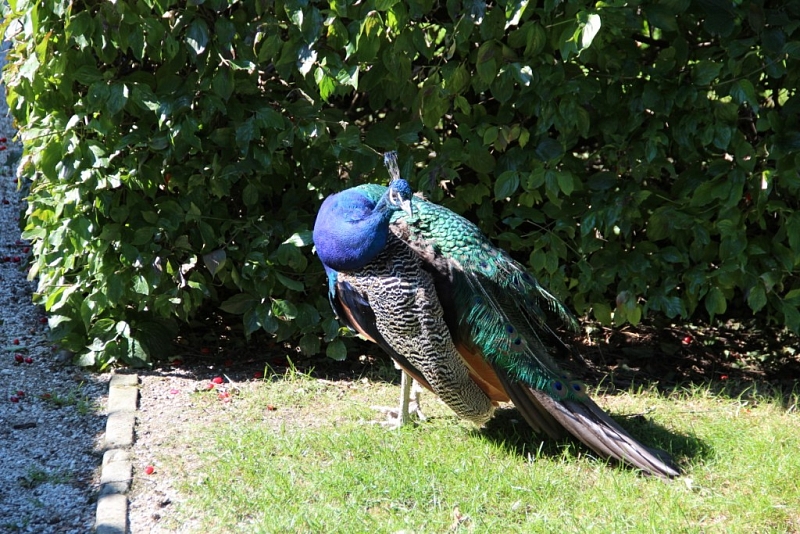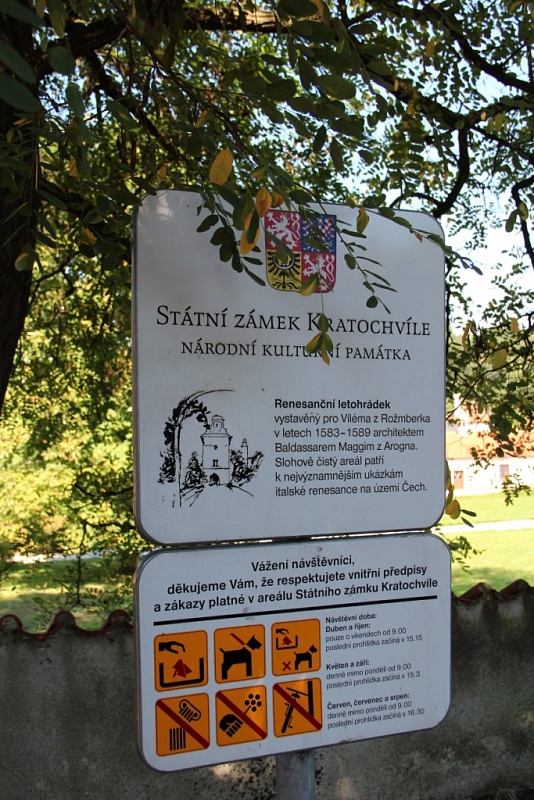Kratochvíle
A castle in a swamp? At U.S? Yes, you can really find a Renaissance chateau here, a jewel of the Netolice Basin, which was built on a swampy base.
Information for visitors
Interesting facts Kratochvíle
The Leptáč farmyard stood on the site of today's chateau. It was rebuilt by Jakub Krčín from Jelčany and a hunting ground was established around it. Another owner, Vilém of Rožmberk, had a hunting lodge built by the builder Baldassar Maggi of Arogno in the years 1583 - 1589, based on the model of Italian villas. This created a regular area with a rectangular floor plan surrounded by a fence wall. He placed the castle in front of the garden and highlighted it with an entrance tower. Because the entire building was located on a swampy base, oak and alder piles were used to strengthen the foundations, which fossilized in the absence of air in the mud.
The castle was later looted and severely damaged by the troops of the Archbishop of Passau Leopold. Subsequently, only the most necessary repairs were carried out at the chateau, and it was not until it became the property of the Schwarzenbergs in 1719 that it was rebuilt. Today's double mansard roof was built, attic rooms were demolished. In the 19th century, office apartments were established here and from 1845 an orphanage was located on the ground floor.
Inside the chateau, you can admire the mannerist interior decoration or figural stucco decoration by the Italian plasterer Antonio Malana. The vault and walls of the villa are decorated with painted scenes from hunting, but the highlight of Renaissance stucco art is the Golden Hall. The vault is decorated with the most important scenes from the history of Rome, the walls are decorated with painted gold wallpaper, which corresponds to the tiles with a two-color brocade pattern.
The chateau chapel is attached to the chateau, the interior of which is richly divided. The sacral space is decorated with a painted passion cycle based on graphic sheets by Albrecht Dürer and drawings by Marten de Vos.
The garden is composed of geometric shapes and complemented by fountains, the villa is lined with a moat.
Author: Marie Bukovinská
